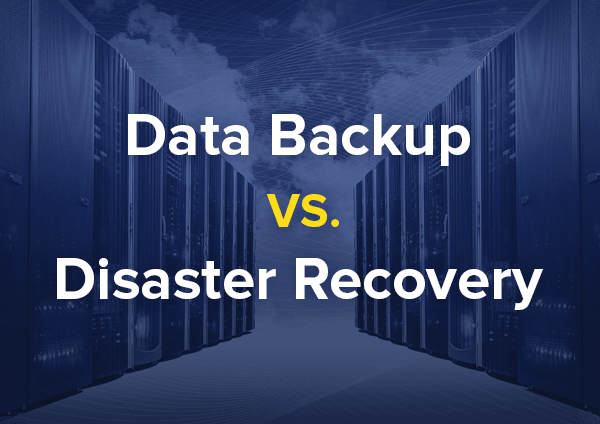

It depends on the nature of your business and your use cases. You can also tailor a cloud platform’s architecture to your specific needs. For example, you can store only the most vital apps in the cloud, which have a higher level of security, while less critical data and systems can be hosted on in-house servers. This means that even small and medium-sized enterprises (SMEs) should be able to implement a business continuity solution by choosing only the services they need at that time, and then scale up or down as their requirements change.Ĭloud services are also more versatile than on-site alternatives as it allows you to choose what data you want on the cloud and what you want on-premise. Most cloud services are typically available on a pay-as-you-go basis, including backup and recovery solutions, which are a more cost-effective and scalable option than on-premise solutions. While this is just scratching the surface, some of the other notable benefits of backup and disaster recovery are: Thus, with cloud-based backup and disaster recovery in place, you can rest assured knowing that your data is safe no matter what happens. An off-site cloud solution can work securely and quickly to get your business back up and running quickly while minimizing damage in the event of a data breach or disaster.

A cloud-based business continuity solution is always a more efficient and less expensive alternative to manual, on-premise backup systems, and traditional disaster recovery methods.Ĭloud data backup and recovery enables business continuity by providing reliable and secure backups of your critical business data. So, for data backup and disaster recovery, growing digital enterprises and startups can't afford to take any chances.

It's the lifeblood that drives operations and keeps the wheels turning. The cloud has become the most powerful and affordable platform for business continuity and the preferred infrastructure for fast, sustained digital transformation. Benefits of cloud backup and disaster recovery The primary aim, therefore, is to keep critical data on the cloud and on-premise secure and make it easily retrievable in the event of breaches, natural disasters, or other reasons. The global average total cost of a data breach increased by nearly 10%, from USD 3.86 million in 2020 to USD 4.24 million in 2021. While cloud computing and automation are critical tools for seamless and scalable operations, businesses also need to navigate significant unpredictability, especially regarding data.

In fact, organizations that made no digital transformation changes following COVID-19 saw costs rise by 16.6%, or $750K higher than the global average. As a self-service, on-demand environment, the cloud is increasingly important for companies to enable end-to-end digital transformation. With more and more organizations moving to the cloud, they have become nimbler and more innovative in how they do business. Learn how reliable and secure cloud backup and disaster recovery can facilitate seamless business continuity and minimize damage in the event of a data breach or disaster. Losing critical business data can be devastating for your business operations and customer trust.


 0 kommentar(er)
0 kommentar(er)
